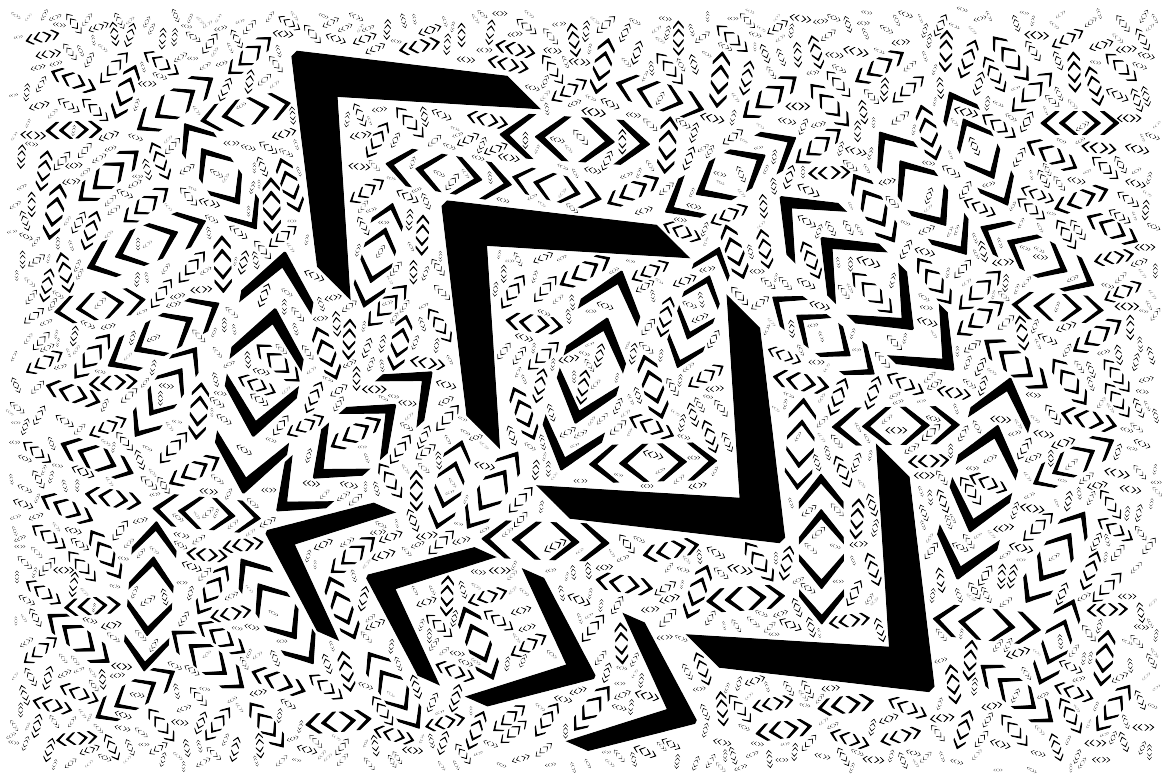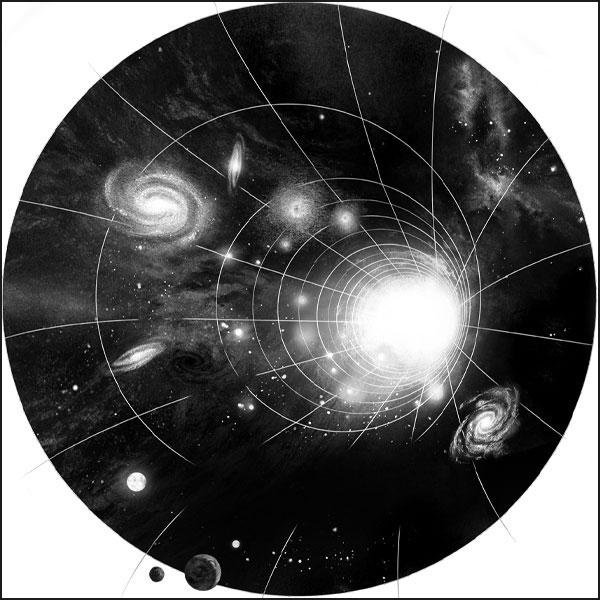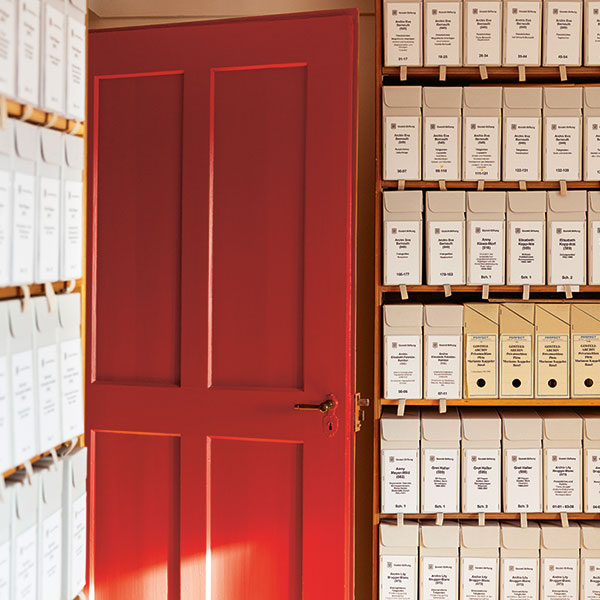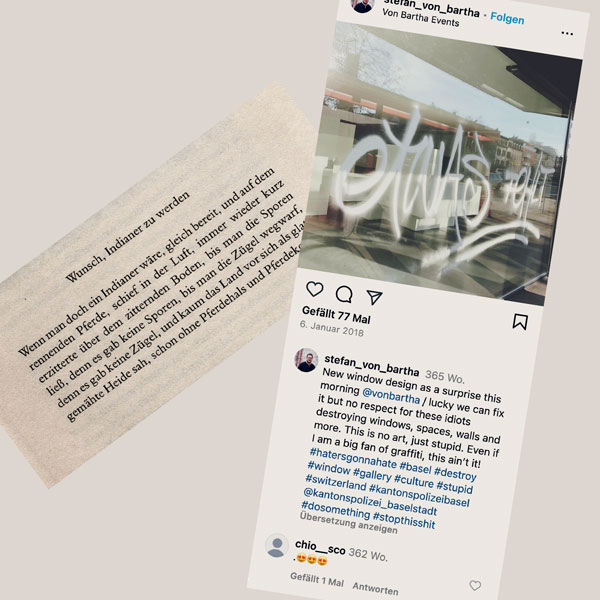Feature: Rationalising emotion
You can’t quote feelings
They live for their work, and impact factor is vital to them – but researchers rarely talk about feelings at their workplace. Their emotions aren’t mentioned in any of their publications. So we’ve asked four researchers to tell us about their emotional moments.
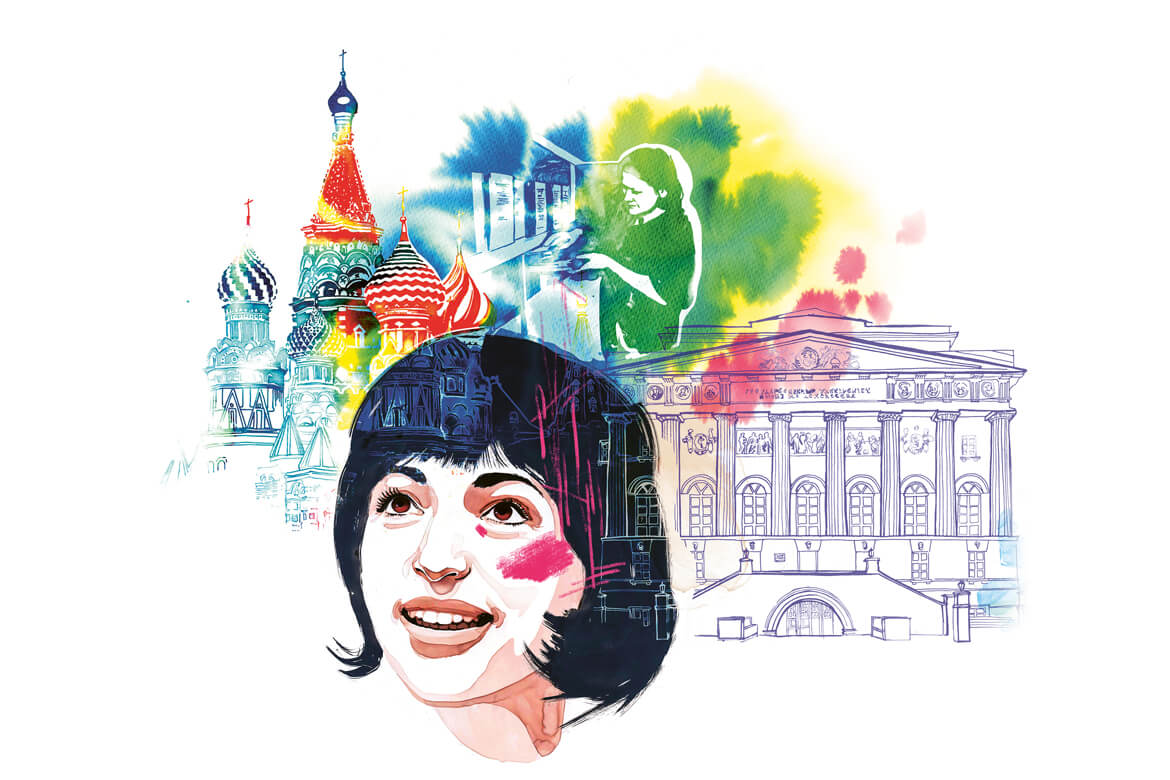
Illustration: Irene Sackmann
DETECTIVE WORK IN ARCHIVES
Excited
Federica Rossi (41), Archivio del Moderno at Università della Svizzera italiana
“When I’m in an archive, I lose all sense of time. It’s quiet in the darkened room – there’s no telephone, and hardly any people. My research is something intimate. I’m looking for the stories of people who built up Moscow in just five years. When Napoleon occupied the city in 1812, a fire destroyed three-quarters of all its buildings. It is a little-known fact that the reconstruction of the city was especially dominated by architects from the canton of Ticino. I feel rather like a Sherlock Holmes for the past. It’s tantalising and exciting to search for the date and the signature in a new document, or to read letters from aristocrats to the Ticino architect Domenico Gilardi. We’re in the second year of the project, and these long-dead people are becoming my friends. I’m familiar with them, they have a face, even a character. Sometimes, Russian colleagues help me in my archival research. Who’s going to find out first whether a document is the original or a copy? We concentrate on the document and submerge ourselves in the flow of it – it’s an exhilarating feeling that then unites us”.
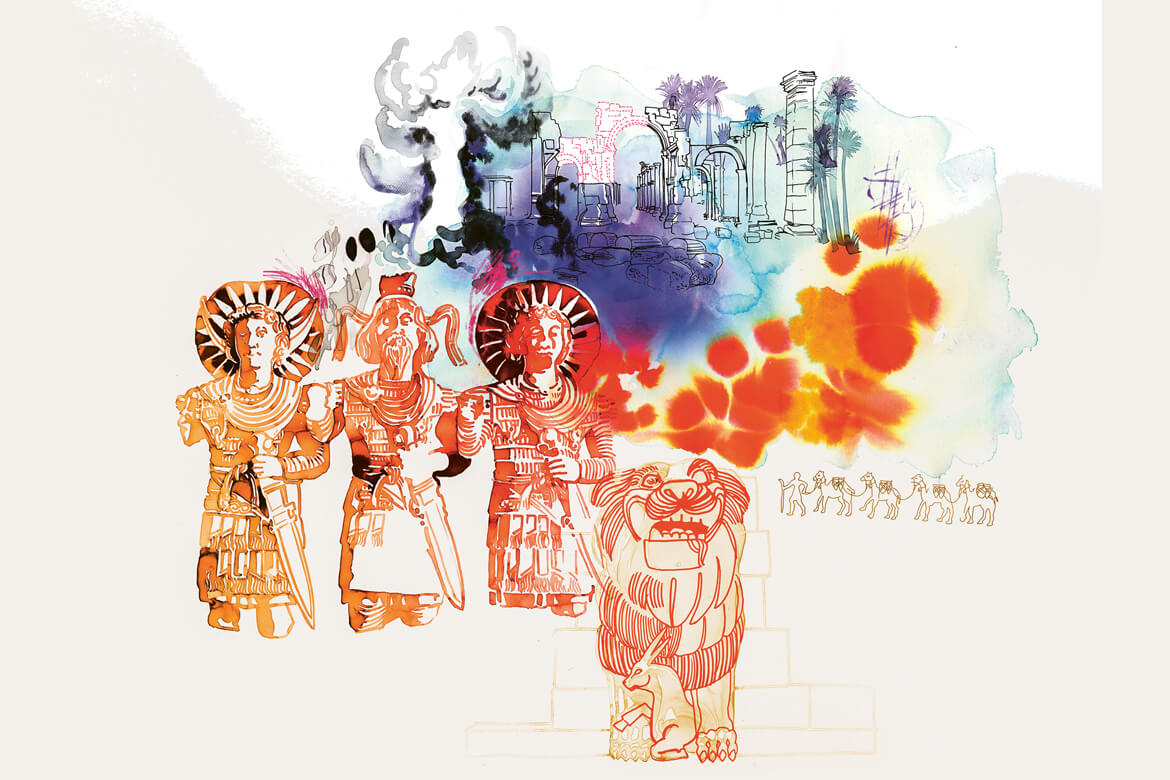
Illustration: Irene Sackmann
THE RESURRECTION OF PALMYRA
Sad
Patrick Michel (36), Institute of Archaeology and Antiquity Sciences of the University of Lausanne
“When Islamic State demolished the Baalshamin temple in Palmyra, Syria, in August 2015, it was a real shock. As a child, I’d experienced the war in Lebanon and I remember the cities that were destroyed. Now we’re talking about an archaeological site. I cried. I felt a deep disgust, but also partly a cue: I realised that in the archives at the University of Lausanne there was something that would allow us to bring the monument back to life. The data was collected in the 1950s by the Swiss archaeologist Paul Collart. There was no way for us to keep it under lock and key. There was a duty to memory, to science and to humanity.
Our 3D modelling shows the evolution of the site over more than a thousand years, from 200 BC to 1200 AD. Our work was first revealed to the public at an exhibition, from which visitors have been leaving in tears. But most of all, we created this project with Syrians in mind, especially children who’ve been born in refugee camps, so that they can keep in touch with their cultural heritage. Participating in this virtual reconstruction has given me hope and affords immense meaning to my work”.
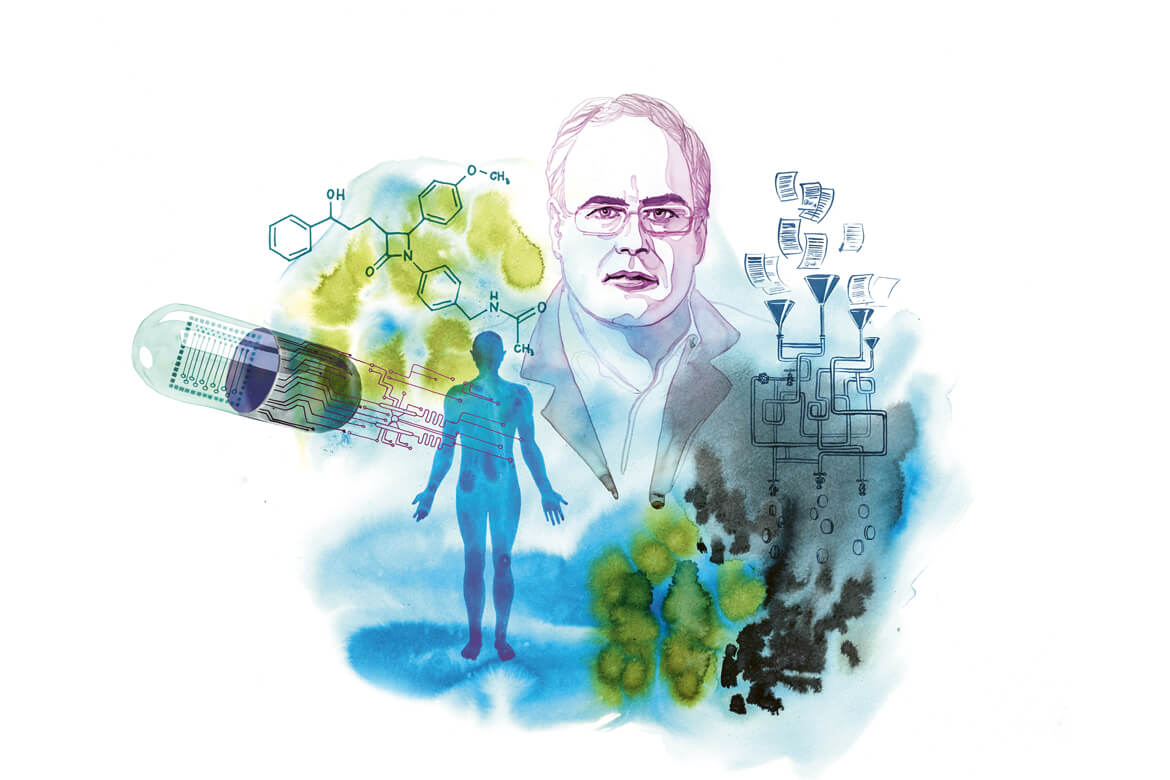
Illustration: Irene Sackmann
EVERYDAY RED TAPE IN RESEARCH
Annoyed
Martin Fussenegger (50), Department of Biosystems Science and Engineering, ETH Zurich
“You can’t plan your research. Why not? Because we can’t look into the future. Today, we’re constrained by administration. First I have to construct a hypothesis, then I write a plan. As soon as the project is given the go-ahead and we’ve got the money, I can begin to research. After that, I am constantly writing reports for monitoring purposes, to prove whether or not I’m spending the money properly. If I discover something interesting that doesn’t fit my assigned project, I have to write a new hypothesis and a new application – everything is regulated. Administration costs a lot of money and time. And that’s time away from our research. What annoys me even more is the belief that there’s a perfect system that doesn’t allow for mistakes. But as biologists we know that every system comprises between five and ten percent mistakes. That’s how it stays flexible. So my appeal to the world of the universities is for them to acknowledge that regulation and creativity are not very compatible!”

Illustration: Irene Sackmann
KEEPING LAYING HENS
Happy
Nadine Ringgenberg (33), Federal Food Safety and Veterinary Office FSVO
“I find it very satisfying to find out how ramps, perches and nests for laying hens can be organised optimally so that the animals have as happy a life as possible. I really enjoy it every time we’re able to translate our research results into practice, and it motivates me. Because I’m really concerned about the wellbeing of the animals. There was a wonderful moment last autumn when we were able to inaugurate the new experimental pen for poultry and rabbits in Zollikofen. I was grateful when after a year of building work, the first chickens were able to enter it. The hygienic conditions, the ventilation and the infrastructure have all been greatly improved. Now I hope that we will be able to improve the lives of thousands of chickens in Switzerland.

